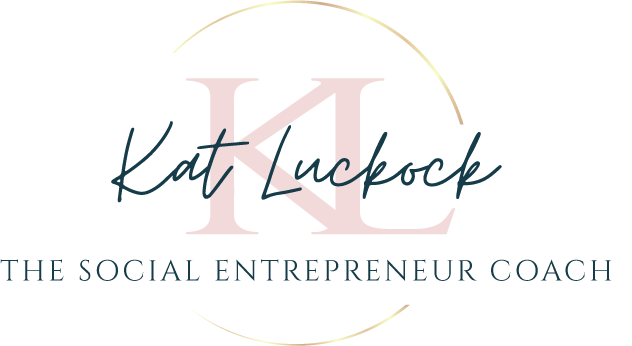Different pricing choices as a social enterprise
There are lots of different choices when it comes to pricing your services in your social enterprise. And I know for many it’s not an easy decision or given much thought.
But getting your pricing right can be a real game-changer for any business, so I wanted to share with you the key pricing choices you have and share the key things you need to consider, depending on which one(s) you choose.
Even if you’ve set your prices already, have a read and review what could really work best for your business so you can maximise the social and environmental impact you create.
Remember, pricing (and selling) is key to enabling your business to work and continue its social purpose, so it’s worth reviewing every so often.
The “simple” pricing choices you have in your business are:
To offer something for free
To price as a loss leader
To break-even, or
To price to make a profit (to reinvest back into your social/environmental mission and business)
Let me explain these in a little more detail...
Although it might make total sense for you to provide some services for free to your beneficiaries (or customers) it’s important to remember that creating and delivering these services is never “free” for your business. There is always a cost involved that needs to be recognised and covered. You also can’t survive by only providing free services. As a social enterprise you need to have ways to cover the costs of delivering these free services. So first calculate what the full cost of delivering these services are and then explore how you can cover these costs. Different options include grant funding, commissioning, or offset from elsewhere in the business (aka from profits you generate through other paid for services). It can also be really helpful to clarify to your beneficiaries (or customers of these free services) that they’re not “free” but supported by, commissioned, or funded by X, so they recognise the value in what they’re receiving.
To price as a loss leader
This is usually only beneficial when you already have reserves / profits which you can put to covering the costs of these services. Loss leaders are when you intentionally price at break-even or below full cost recovery in order to get more customers buying or make more sales. Not a good place to start if you’re new and haven’t generated any other revenue yet.
Pricing to break-even means your pricing your services at the full cost of producing and delivering said service (including all overheads incurred). This is often the reality when you apply for grant funding. Most grant funders encourage you to budget a project as “full cost recovery” but this means you’ll only ever break-even. You can do this with pricing too, however it doesn’t enable you to have a buffer, reserve or profit which is essential to stability and growth, and being seen as a financially robust business.
Pricing to make a profit is what I recommend most social enterprises focus on for all their pricing (with the exception of when they need or want to provide services for free to beneficiaries in most need). When you calculate price as cost + profit, you’ll always generate a surplus allowing you to be flexible, adaptable, investable, stable & sustainable as well as allow you to grow your impact by investing said profits back in to your social mission/ purpose (the exact definition of a social enterprise). You can decide what the profit is and this can vary for different services but it always beneficial to price in this way, for the long term sustainability of your business.
Profit making is where we really want to be in order to create a thriving, sustainable business. A business is not really healthy and functioning well if it’s not making some profit.
You may consider yourself to be “a not for profit” community business, but this should really be about how you choose to use your profits (aka for the benefit of your community / social purpose) and not for private shareholder gain. (This is what the social enterprise movement is all about).
Profit isn’t wrong it’s just how we decide to use it that matters.
And pricing for profit enables you to take the decisions you really want to make in your business for creating bigger and better impact in the communities you serve.
If you enjoyed this blog you may also enjoy:
Pin this blog:






